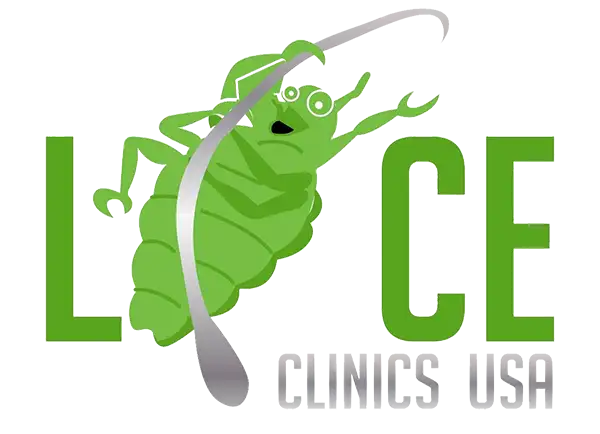Every parent sometimes feels like all they do is nag their kids. Whether its shoes on the floor, dishes left on the table or a bed left unmade it can often seem that everywhere parents look there is something to gripe about. However, not all nitpicking is bad. In fact, we recommend it! Not the nagging part, but nitpicking in its original form.
Centuries ago lice broke off into two distinct species, one that lived off of human hosts and another that lived off of specific mammals. Chimpanzees became drastically affected by these lice that have irritated them ever since. Head lice and body lice often infested groups of chimps causing them to feel, well “lousy.” An adult lice is called a louse, hence the term. I think we can all agree, head lice make us feel lousy. The phrase “nit-picky” refers back to these homo sapien times when humans and chimps would literally sit and pick “nits” off of their families bodies to help get rid of the lice problem. In fact, this time became an important social bonding practice for chimpanzees that continues today.
As a parent, nitpicking isn’t really that bad when it deals with checking your children for head lice infestations. Actually, we recommend doing it regularly to catch head lice early on.
Tips for nitpicking effectively:
- Purchase a nitpicking comb. These combs are made specifically for combing through hair strands and trapping nits, lice eggs, or live lice in the teeth. Lice Clinics of America sell top quality combs, or they are available to purchase at most general stores or online. Having the proper tool to help with nitpicking can make a huge difference in doing it accurately.
- Learn about what to look for. Lice grow in three stages. Eggs, or nits, are literally glued to the base of hair strands with a secretion that prevents them from falling off. Nitpicking combs are a great way to help identify between eggs and dandruff. Eggs will be small in size, transparent in color and difficult to peel off. Once the eggs hatch, nymphs are minuscule in size and difficult to spot. They spend 9-12 days growing at this stage until they have developed into a full grown louse. Lice fully grown are the size of a sesame seed, brown in color and will quickly scurry away from light. They crawl from hair strand to hair strand using claws at the end of their legs. They do not fly or jump. Eggs will be much more easily spotted with nitpicking combs than live lice.
- Know where to look. First, wet the child’s hair and brush through with conditioner. Lice are most often behind the ear, at the crown of the head or along the neckline. Carefully comb through these areas searching for nits, the most obvious sign of head lice. Get a paper towel to wipe off the comb after each stroke. Make sure the teeth of the comb sweep the scalp each time and examine each comb through. Watch what wipes off onto the paper towel and if any traces of eggs or lice are brushed off.
- Do this regularly to check for head lice. Symptoms of head lice can take weeks to actually manifest when your child has been infected. Often, the best way to catch it early is to be actively looking for a problem.
- Be patient with yourself. This will get easier the more you do it. Remember, even school nurses often misdiagnose head lice as it can be very tricky to distinguish between head lice and dandruff at times. Dandruff will easily flake off and eggs will need to be removed with a nitpicking comb.
As always, contact Lice Clinics of America, St. Charles if you have any questions or concerns. We are lice professionals who deal with head lice every day! Our expert staff is here to help you identify and destroy your head lice problem.

